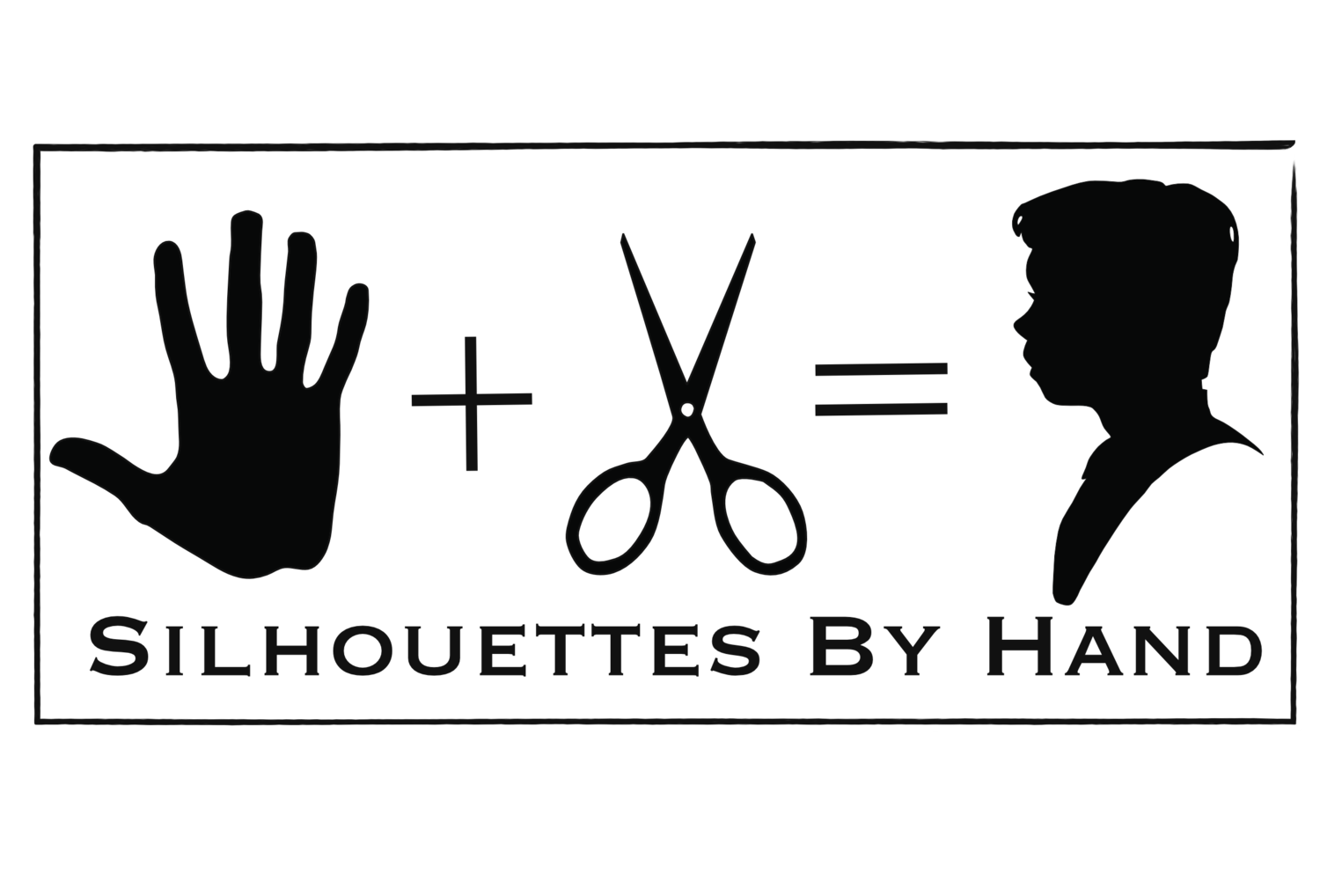Black silhouette artist and entrepreneur Moses Williams in early America
Originally published in Jan 2013
Moses Williams was an African-American profile cutter in the household of world-renown portrait artist and first museum entrepreneur Charles Willson Peale, in the early 19th century. Moses was initially a slave, the child of slaves who were given to Peale possibly as payment for a portrait. Moses was treated as one of the family, and then manumitted (freed) by Peale in 1802. Moses showed extraordinary skill at creating profile portraits with the newly invented physiognotrace ("face-tracing") machine.
At this time period, the word "silhouettes" to represent profile portraits had not entered into the common language, and would not enter the language for 20 to 30 years, depending on the region.
Read more about Moses Williams in this simple but informative teacher's guide at the Philadelphia Museum. Enjoy the images of Moses' cut profiles, and view the early profile machine in the style that Moses would have used in the early years of the 1800s. Read carefully this description of cutting profiles in the article:
"Notice the intricate details in the profiles such as the tufts of hair, neckties, bows, and subtle differences in the shapes of noses, chins, and lips. Unlike drawing or painting where an artist can erase lines or paint over unwanted details, there is little room for error when cutting profiles."
The article was describing Moses Williams' profile-cutting using the machine that traced the face... but think of the skill used by Silhouettes By Hand for creating these details freehand with scissors (see photo below)
A little boy excitedly sits for his first silhouette profile portrait, with Silhouettes By Hand, at the Smithsonian American Art Museum.
Another article from Harvard describes how successful was Moses' work:
"[T]he silhouette machine was far from perfect. As Rembrandt Peale’s description suggests, many tracings had to be thrown away. Extant silhouettes made at the Peale museum and preserved at the Library Company of Philadelphia show the corrections Williams had to make to the mechanical tracings. In the end, the success of Peale’s silhouettes had more to do with the Williams’ cutting and correcting skills than with Peale’s machine."
For deeper interest, there is an academic paper viewable online that features Moses Williams and his relationship to profiles, art, profession, and the Peale Family.
Thank you to the American Philosophical Society for allowing the public into such wide thoughts, and to Dr. Gwendolyn DuBois Shaw for the deep research into Moses Williams, profiles, and the physionotrace machine as used in the early 19th century.
